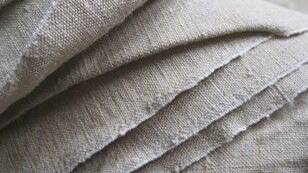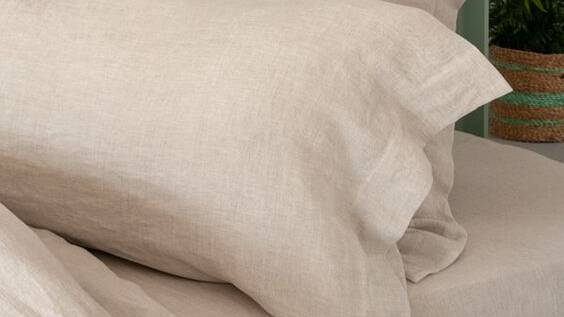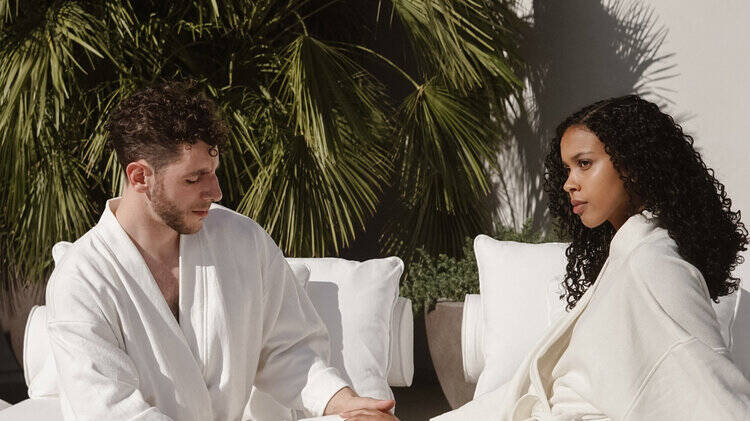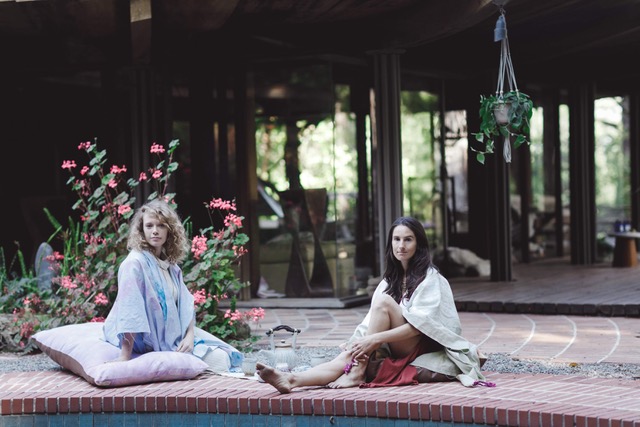Industrial hemp benefits + uses
“Hemp.” sustainable, luxurious and increasingly popular. Unfortunately, some people hear this word and only recognize it as a plant that “gets you high.” But actually, hemp doesn’t even do that. Yes – hemp and marijuana belong to the same genus and species, Cannabis sativa. Still, it is unbelievable to see how hemp’s widespread use has deteriorated only to this extent. We’re here to talk all about the luxury that is hemp, its history, benefits, and why we truly love it and believe you will too.
Hemp was probably the earliest plant cultivated for textile fiber and is believed to be the oldest example of the human industry. Back in 8,000 BC archaeologists found a remnant of hemp cloth in ancient Mesopotamia (currently Iran and Iraq). However, China appears to have the most extended continuous history of Hemp cultivation (over 6000 years) as they were the first to recognize the usefulness of hemp in papermaking.
During the middle ages, hemp became an important crop of enormous economic and social value, supplying much of the world’s food and fiber needs. Sailing ships became dependent on canvas (from the word Cannabis), hemp rope, and oakum due to it being 3 times stronger than cotton and resistant to saltwater.
By the 1920s, In the UK, 80% of clothing was made from Hemp textiles. The original ‘Levi’s’ jeans were made from Hemp cloth!
Hemp has historically had over 25,000 diverse uses ranging from paints, printing inks, varnishes, paper, banknotes, food, textiles, canvas, and building materials.
Did you know that the Declaration of Independence was written on hemp paper?

@sewport
Industrial hemp sustainability + environmental benefits
What makes industrial hemp such an attractive, sustainable alternative is its multiple environmental benefits. These positive impacts exist in three areas of sustainability: social, economic, and ecological.
With modern technical developments, uses have increased to composite boards, motor vehicle brake and clutch pads, plastics, fuels, bio-diesel, and Eco-solid fuel.
Anything that can be made from a hydrocarbon (fossil fuel) can be made from a carbohydrate. However, the strong lobbies still manage to keep the growth of this useful crop challenging to access, and the public disillusioned with its price. Additionally, there are stringent federal guidelines to be certified organic, so it’s more expensive to mill organic or recycled fabrics.
The reason why hemp can get so expensive is that it takes low-impact organic crops to produce them. They are typically grown without pesticides and synthetic fertilizers and can’t be genetically modified. This makes hemp highly resilient and naturally resistant to fungi, insects, and diseases. Reliance on more natural plants, like hemp, may also benefit agricultural development as climate change threatens food security and production and causes potential supply shortages.

@marialma
Hemp is a less water-intensive crop and uses significantly less water, allowing for conservation rather than careless usage. Additionally, hemp needs less land per pound of fiber to grow and flourish in many different climates and soil types. The speed and quality of hemp growth means that it makes an excellent replacement for non-organic cotton. Depending on industrial hemp breed, the plant can be ready for fiber harvest in as little as 60 days.
Hemp fabric is one of the most durable and hypoallergenic materials in the market. It acts as an excellent absorbent because perspiration is very quickly absorbed. This fabric feels cooler in the summer and warmer in the winter time.
What better way than having a sustainable UVA protector than your sheets, clothing, accessories, and towels? With its resilience and variety, hemp can be a better long-term investment for the consumer and the environment.

@moonclothdesigns
Brands we love to love: MoonCloth Designs featuring founder, Sarah Harf
We’re so excited to feature Sarah Harf, founder of MoonCloth Designs, a brand that focuses on hemp textiles and hemp seed oil for sustainable product solutions. Their main goal is to create Industrial hemp demand, bring more eco-solutions to the hospitality and wellness space all while elevating and making sustainability sophisticated with good modern design.
Their consumer line MOMENT by MoonCloth Designs is a way to showcase their hemp product design capabilities and bring products to market that can also be available for private label.
They have done collaborations with Casetta Hospitality, Soho House, AERO airlines, Atra Furniture, Design Hotels, Chozen Sanctuary, and others. In addition to bathroom and spa amenities, some of these collaborations have also included decor manufacturing.
MoonCloth Designs has been featured in Vogue, GQ, Forbes, Surface Magazine, Architectural Digest, Wallpaper Magazine, and more.
My Journey began when:
I spent the early part of my career working within diverse creative design teams in agency and in-house. I supported digital projects, packaging, product development, marketing, events, and interior design. I was always so disappointed with not having ecological material options. I felt this was one of the main problems why people don’t use or understand the benefits of sustainability was because there was no option to use it for many applications, so it’s not top of mind. After taking some time off of corporate work and traveling a lot to different countries and places, I started to understand how important it was to work towards a project that had a bigger meaning and impact to the world. I grew up in Sonoma, in Northern California. It’s super beautiful and I was surrounded by nature all the time as a kid. I wanted to bring myself closer to nature and through this I realized that a lot of people felt that same way. Sonoma means Valley of the Moon to the Native American tribes of Miwok, Pomo and Wintun. The Moon is also responsible for our seasons and our tides in our oceans. Without the moon we wouldn’t be able to grow anything, including industrial hemp and cotton.
MoonCloth Designs was born as a connection between the moon’s power, where I grew up and how we need all the elements to grow crops that produce natural materials. MoonCloth Designs, has developed into its own being. If you asked me 3 years ago if I was going to be doing what I am creating now, I probably would not have been able to imagine it. I have always guided MoonCloth to become what it needs to be, but keeping the focus on sustainability solutions and product development for industrial hemp as it’s core. Now it’s not just me, we have an amazing small team, mentors and partnerships that we all work together to create sustainable solutions that are more a part of a fully regenerative ecosystem. We work to bring this concept to our clients and projects as much as possible, so they start to understand that they are also working within an ecosystem.
I begin my day:
My morning rituals tend to change depending where I am in the world. During this pandemic I have been able to maintain a morning ritual of a fresh celery green juice and I try to get in a walk or light yoga stretching before I jump on my computer or a call.
I’m currently loving:
I’m currently loving our custom hand soap we did for Casetta Hospitality’s 5 properties. It has hemp seed oil, sandalwood, jasmine and other natural ingredients. I have an extra refillable bottle at my sink that I use almost everyday. It’s light refreshing smell is always uplifting and it doesn’t dry my hands out, yet still has a nice lather soapy feel to it.
I harness my power by:
I take 2 weeks off every January in nature somewhere beautiful with good people. No computer or cell phone. It’s truly a full body reset that gives me the energy and creativity I need to start the year off strong and stay fresh for months. I also tend to take another small retreat during my birthday in August for a few days. When you work so hard and consistently you need to be aware of your burn out signals. I maintain not burning out and staying grounded through light daily self care practices and I make sure to carve out some real vacation time away from technology.
My long-term vision:
I see myself and MoonCloth Designs joining a larger company ecosystem. We have developed a great supply chain and partnerships that we are excited to bring to other companies and brands. I see myself and MoonCloth Designs working closely on a larger hospitality project that is fully integrated with wellness experience and sustainability. We want to bring everything that we can do to one larger project so we can really showcase our talent and ideas as part of the core hospitality and brand team.
I see myself personally, owning and developing a vision on a larger piece of land ideally with a future husband/partner and maybe a kid or two to build out our own regenerative ecosystem and invite people to experience it and learn from it.


